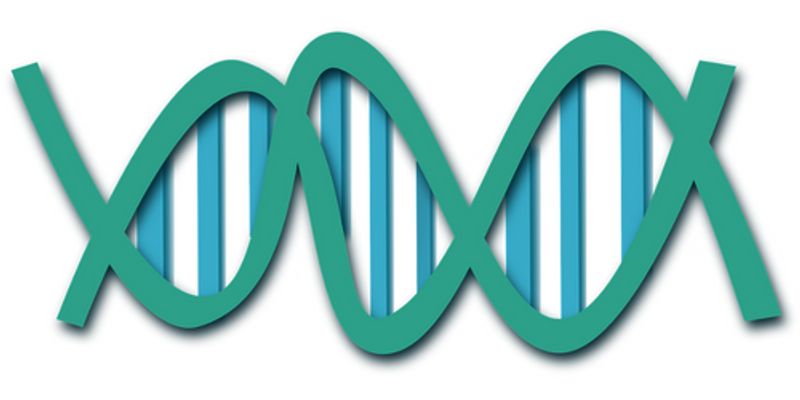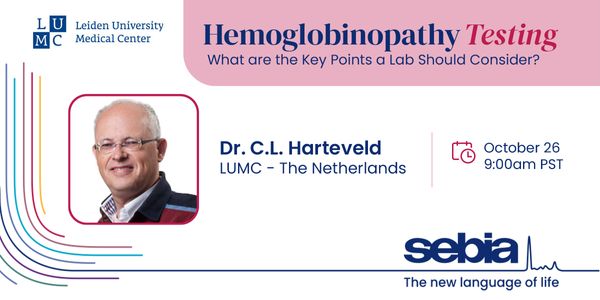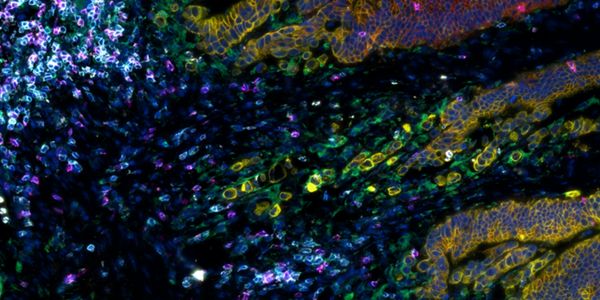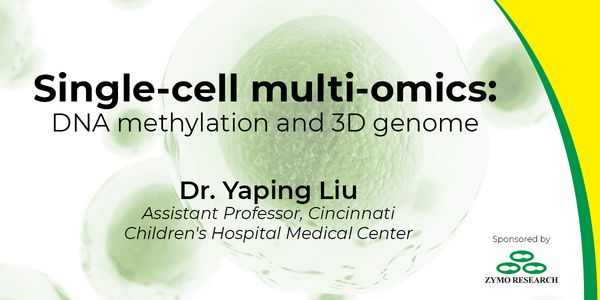DNA Phenotyping
DNA phenotyping predicts and organism's physical characteristics like sex, skin color, hair color, eye color, and others by using information collected from their genetic code.
-
Tuberculosis (TB), caused by the pathogen Mycobacterium tuberculosis (Mtb) remains one of the leading causes of morbidity and mortality worldwide. This presentation will summarise the epidem...
Antibiotic treatment failure poses a burden on global public health systems. Bacteria can acquire mutations and extrachromosomal genes that allow them to be resistant to our existing drugs....
Cancers are genetic diseases driven by recurrent sets of somatic mutations. Different mutations associate statistically with distinct disease risks and can therefore be useful prognostic mar...
MAR 09, 2022 | 8:00 AM
Date: March 09, 2021 Time: 08:00am (PST), 11:00am (EST), 5:00pm (CEST) Bioengineering technologies hold enormous potential to solve many of our world’s pressing problems. However, they...
OCT 26, 2021 | 9:00 AM
Date: October 26, 2021 Time: 9:00am (PDT), 12:00pm (EDT) Capillary Electrophoresis plays an important role in the diagnosis of hemoglobinopathy carriers and patients. The general flow is the...
OCT 21, 2021 | 7:00 AM
Date: October 21, 2021 Time: 7:00am (PDT), 10:00am (EDT) To simultaneously visualize multiple markers within the same sample enables a more detailed view of cellular phenotypes and how they...
NOV 16, 2020 | 8:00 AM
Date: November 16, 2020 Time: 8:00am (PST), 11:00am (EST) CRISPR screening has become the prime discovery tool in modern biomedical research and drug discovery. At the same time, most screen...
OCT 29, 2020 | 6:00 AM
Date: October 29, 2020 Time: 6:00am (PDT), 9:00am (EDT), Chronic inflammation can occur as a result of a combination of genetic predispositions and environmental factors. Epigenetic modifica...
Speaker:
Thomas Ayers, Ph.D.
, Pawel Zajac, Ph.D.
, Dr. Adam Cribbs
Sponsored By: Illumina,
Dolomite Bio
CRISPR-based genome editing has accelerated biological research and holds great potential for studying and treating human diseases. The CRISPR-Cas9 system requires a Cas9 nuclease and a guid...
Speaker:
James Goldmeyer, PhD
Background: Haemophilus influenzae is the causative agent of multiple human disease conditions among multiple sites in the human body. Underlying genetic mechanisms are elusive, particularly...
Genetic diseases are known occur due to various types of mutations in the human genome. The molecular assays to diagnose these diseases have been developed based on the type of mutation comm...
Microsatellite instability (MSI) is a hypermutation phenotype that results from impaired DNA mismatch repair (MMR). The presence of high levels of MSI (MSI-H) is potentially predictive of Ly...
JUN 30, 2020 | 8:00 AM
DATE: June 30, 2020 TIME: 8:00am PT, 11:00am Understanding the tumor microenvironment (TME) is essential for the development of effective treatments for cancer patients. Traditional multi...
NCI estimates that cancer will be the leading cause of death in 2030, worldwide. Checkpoint inhibitors and adoptive cell therapies (ACTs) cost up to ~$2 million/patient and have shown durabl...
























